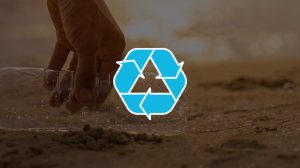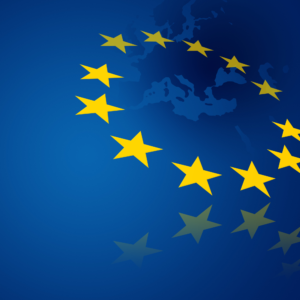Canada’s COP28 Highlights, Part 1: Methane Reductions, Procurement Pledges, and Plans for Rapid Action
Amidst the stunning backdrop of Dubai, global government leaders gathered for a pivotal moment: COP28, a gathering destined to shape our planet’s future.
Canada had many highlights from the first half of the conference, unveiling ambitious measures to tackle methane emissions and spearhead a rapid transition to climate resiliency. Let’s delve into the standout moments, commitments, and triumphs of Canada’s progressive actions and how Circular Innovation Council, with its groundbreaking initiatives and programs, will play a key role in propelling Canada towards its environmental objectives.
Before reading on, to make sure you have an understanding of the language used in COP28 discussions, such as decarbonization, biodiversity, climate change, critical minerals, and more, find simple definitions in Circular Innovation Council’s Circular Economy Definition Flashcards, developed for Circular Economy Month, Canada’s first national public awareness campaign educating Canadians about the circular economy. It’s also important to learn about the five key business models that accelerate the circular economy to understand how governments, organizations, and businesses can take action.
On December 1st, 2023, the Canadian Pavilion was officially opened. On this day, Canada was one of the first countries to contribute to the Global Losses and Damages Fund, giving $16 million to the initiative. The Minister discussed priorities for critical minerals and decarbonization and participated in a discussion of biodiversity loss and climate change with Indigenous leadership. To learn about how a circular economy will improve biodiversity, check out Circular Economy Month’s themes and resource library.
Climate misinformation is widespread; Équiterre and Minister Guilbeault also discussed this matter on Day 2 of COP. Circular Innovation Council is committed to countering climate misinformation through its education and engagement programming. By providing resources and tools to help Canadians understand this multifaceted crisis and its connection to the Circular Economy, to be bettered informed and prepared to adapt to our changing environment. We recognize the importance of conveying information in a variety of ways to reach different audiences.
As COP28 highlighted holistic methods of communication–the cultural event Ecology in Harmony, led by Canadian artist Sacha Jafri and pianist Sanaz Sotoudeh, so too does Circular Economy Month celebrate artistic and community initiatives that make the “invisible” visible. During this year’s campaign, we promoted a sculptural installation called The Awakening, which taught patrons at a shopping centre in Toronto about their waste habits through the installation of a sculpture made out of disposed materials.
Climate financing as part of the New Collective Quantified Goal (NCQG) was discussed on the third day, encouraging Organization for Economic Cooperation and Development (OECD) countries to meet an annual $100 billion climate finance goal. The NCQG is a collective agreement to equate finance flows with the Sustainable Development Agenda and prioritizes the eradication of poverty. This financial target is expected to strengthen the working program to deliver on national climate plans by 2050.
Circular Innovation Council celebrates the many successes of policy action and decisions made by the Government of Canada, such as the announced Draft Methane Regulations aiming to reduce methane emissions below 75% of 2012 emissions levels by 2030. Canada can still do more and is expected to deliver on the Green Public Procurement Pledge and the Industrial Deep Decarbonization Initiative.
The good news is that a tool for green procurement already exists and is ready to assist public procurers. Ahead of COP28, Circular Innovation Council launched Procure4Circular, a collaborative network that governments of all levels can use to procure circular and low carbon, sector-specific goods and services, pivotal to accelerating market shift. Procure4Circular is yet another way Circular Innovation Council is helping Canada meet its low-carbon commitments.
Canada has demonstrated its determination to make Rapid, Tangible Progress on Climate Adaptation, and Circular Innovation Council is pleased to provide strategic guidance, tools, and resources to assist in this rapid transition. The Circular Economy Action Plan, which was recently co-developed by Circular Innovation Council and Circular Economy Leaders Consortium, provides strategic direction to accelerate Canada’s transition to a circular economy. The Plan was a product of the 2023 Circular Economy Summit–a two-day event featuring many speakers including Minister Guilbeault himself. Stakeholders and leaders are looking forward to the following summit taking place in Montréal, Québec in the spring of 2025.

“Meeting climate change targets is directly dependant on providing support for and rapidly adopting circular economic principles and practices. COP28 is a pivotal event and a platform for nations to address climate change collaboratively. By embracing circular initiatives, collaborative partnerships, and innovative solutions Canada can inspire change, set ambitious targets, and contribute meaningfully to the urgent global efforts required.
– Jo-Anne St. Godard, Circular Innovation Council.
View the Part 1 original article on the Circular Economy Month website.
Read Part 2 on the Plastic Action Centre or the Circular Economy Month website.



